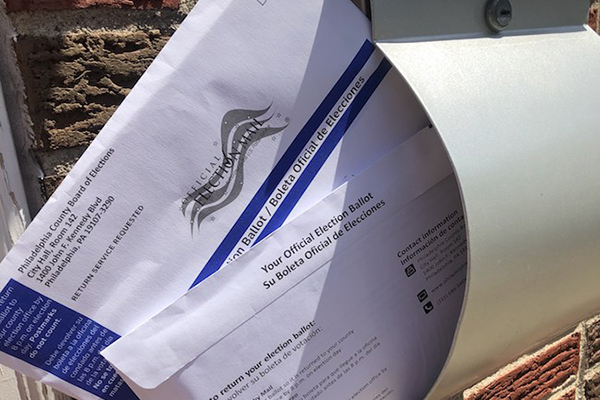Rand Quinn opened his first class after spring break, taught on video because the COVID-19 pandemic had closed Penn’s campus, with a simple question: “How should we best make use of our remaining time this semester?”
Up to that point, Quinn’s Research Practicum on Community Engagement class had been collaborating with Philadelphia teachers to create a curriculum about the importance of voting. But with students now checking in from their homes around the country, Quinn wanted their input on what, if anything, they should build, and how they should build it.
Students still wanted to create a curriculum, and felt they needed to continue working with Philadelphia teachers to make their project useful. That choice was in keeping with the course’s Academically Based Community Service foundation.
“We wanted to make the class meaningful,” Quinn said. “It took a little time, but when we tested the curriculum through video conferencing, it was really inspiring to see the high schoolers get into it, and my students were really excited to have this opportunity to connect with high schoolers. As a silver lining, we developed something that teachers will be able to use before the November election.”
When Quinn’s class first started researching what teens knew about voting, they saw national trends that young people were not engaged voters, so they began to design their curriculum around the evolution of voting rights, said Emily Chen, an Education Policy master’s student. But conversations with students from five Philadelphia high schools revealed that these juniors and seniors knew their history.
They wanted to know more, like the mechanics of how to register, and ways all the students in their class—citizens and noncitizens, those old enough to vote and those still too young—could engage in the process.
Read more at Penn GSE.








